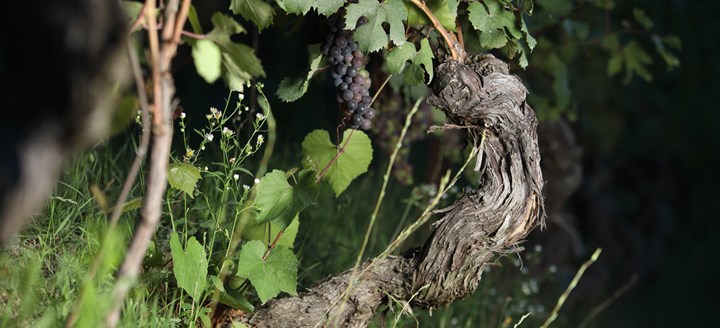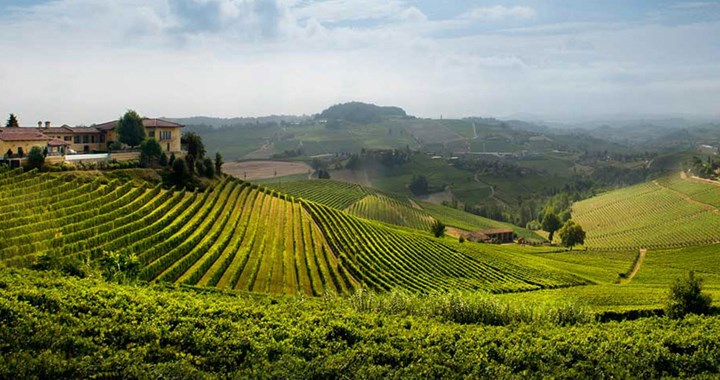
Which site would you like to visit?
By clicking the retail or wholesale site button and/or using rarewineco.com you are choosing to accept our use of cookies to provide you the best possible web experience.

Hidden in Piemonte’s rich history is the story of a forgotten member of the Nebbiolo family.
Though a component of many great Barolos and Barbarescos of the past, Nebbiolo Rosé suffered from tiny yields and relatively light color—hence the variety’s name. Yet, these deficiencies were more than made up for by the wines’ sensual texture and haunting perfume.
Sadly, Nebbiolo Rosé all but died out, replaced by Nebbiolo clones known for their productivity and deeper color. By the late 1970s, only a handful of producers still grew it, including two of the giants of Langhe history.
One was Vietti’s Alfredo Currado, who had a prized parcel of Nebbiolo Rose in Barolo's Briacca cru. The other was Enrico Giovannini-Moresco, whose Barbaresco Podere del Pajoré was entirely planted to Nebbiolo Rosé. Sadly, by the mid-1980s neither wine was made.
Nebbiolo Rosé has developed a cult following in recent years, thanks largely to the occasional old bottle of Giovannini-Moresco’s Barbaresco that surfaces. Yet, few modern Barolos or Barbarescos descend from that rich heritage.
Among the most prominent examples today are two in Barolo and one in Barbaresco.
In Barolo, we’re speaking of Elvio Cogno’s Vigna Elena and Giovanni Canonica’s Barolo Grinzane Cavour. Ian d’Agata has attributed the greatness of each of these wines to the fact that they are each made from Nebbiolo Rosé: Elvio Cogno’s Vigna Elena being 100% Nebbiolo Rosé, while Canonica’s Grinzane Cavour is nearly half Nebbiolo Rosé.
The standard bearer in Barbaresco is Cascina Baricchi, whose commitment to this forgotten variety is total.
D’Agata is among the few modern journalists to write extensively on Nebbiolo Rosé; in fact his new book, Barolo Terroirs, includes a 23-page paean to the grape, documenting most of the known modern examples of wines made from it. He also tackles the question of whether it is a clone or sub-variety of Nebbiolo or a separate variety of common parentage. He comes down on the side of the latter.
Given how much Nebbiolo Rosé was lost during the 1980s and 1990s, we are fortunate that any remains today in the vineyards of Barolo and Barbaresco. And we are even more fortunate that growers like Cogno, Canonica and Cascina Baricchi have recognized its delicacy and floral nuances, and remain committed to making wines that showcase its beauty.

New discoveries, rare bottles of extraordinary provenance, limited time offers delivered to your inbox weekly. Be the first to know.
Please Wait
Adding to Cart.
...Loading...


By clicking the retail or wholesale site button and/or using rarewineco.com you are choosing to accept our use of cookies to provide you the best possible web experience.

